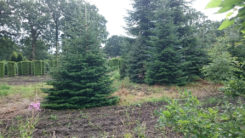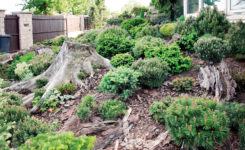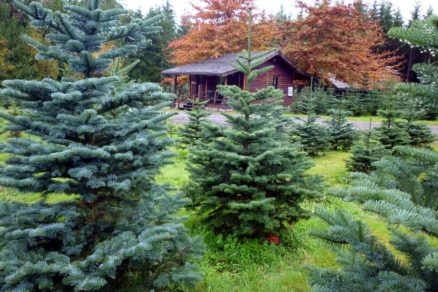As an effective decoration of a personal plot, an evergreen Nordman fir from the same genus can act. Subject to simple agricultural requirements for cultivation, the tree will delight the eye with saturated colors for many years.
Material Content:
Description and nuances of growing
Nordman fir, aka Caucasian fir, is represented by conifers, which in the wild can grow from 60 to 80 m in height.

When choosing a plant for the design of the site, it is necessary to take into account a number of features of fir:
- Crohn - trees have a dense crown in the shape of a cone, the diameter of which can reach 3 m.
- Barrel - the diameter of a powerful trunk at a maximum height can be 2 m.
- Needles - dense needles up to 4 cm long are painted in green.
- Flowering - the phase is observed annually in the second half of spring, when female and male flowers are formed. The female flower is represented by a green earring, and the male one is represented by a reddish spikelet.
- Cones are vertically attached fruits with a length of 20 cm, the color of which changes from green as it grows to brown.
- Root system - the root rhizome when planting on stony soils can be located closer to the surface.
Common varieties and species
Based on the type of species, breeders have bred a variety of varieties, among the assortment of which the gardener can choose the most attractive for him.
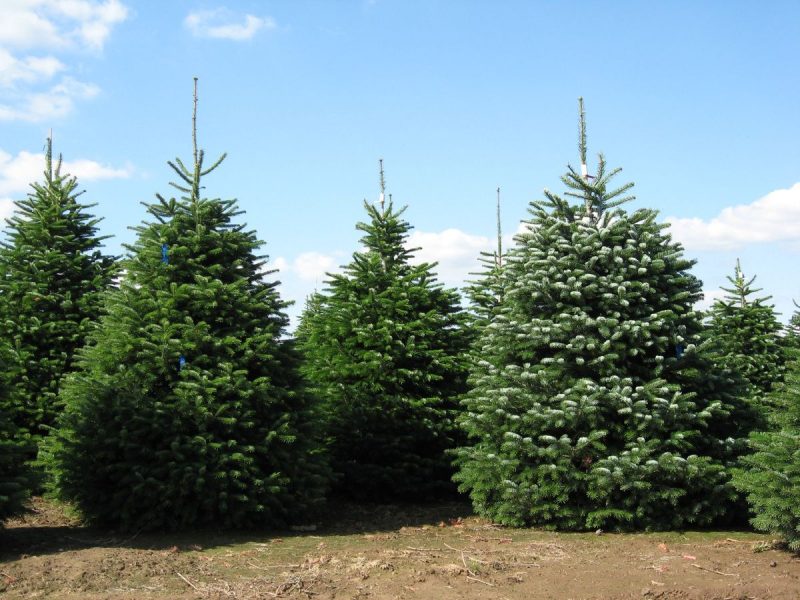
- Golden Spider is a dwarf variety that in 10 years of intensive development does not exceed 1 m in height and in diameter. The needles are painted in a golden yellow color, acquiring a whitish hue closer to the base.
- Jadwiga is a rather heat-loving variety, characterized by fast growth rates. The crown is formed by densely spaced shoots, covered with dark green needles.
- Pendula - the variety is represented by large trees that grow quite slowly. Graceful branches form a dense crown of bright green color.
Preparation and planting of fir in a summer cottage

Since fir refers to undemanding crops, every gardener has the opportunity to grow it if he responsibly approaches the fulfillment of a number of mandatory requirements.
Site selection and soil preparation

Caucasian fir can be planted both in sunny areas and in shady areas of the garden. Soil culture prefers fertile and loose. But if the tree is on heavier soil with an acid reaction, the plant will still take root and will continue to grow.
Dates and technology of disembarkation
Saplings purchased with a closed root system can be planted from spring to autumn, guided by the following requirements:
- For a seedling, a planting pit is dug 60 cm deep and 80 cm wide.
- A drainage layer is placed at the bottom of the pit, which will further protect the core root system from moisture stagnation.
- Drainage is sprinkled in the form of a knoll with a soil mixture of peat, sand, humus and loam in equal parts.
- Next, a seedling is established.
- The recess is filled with a prepared substrate, which at the end of planting work is compacted and moistened.
Features of decorative plant care
Nordman fir care is simple and involves only standard care measures.
Watering
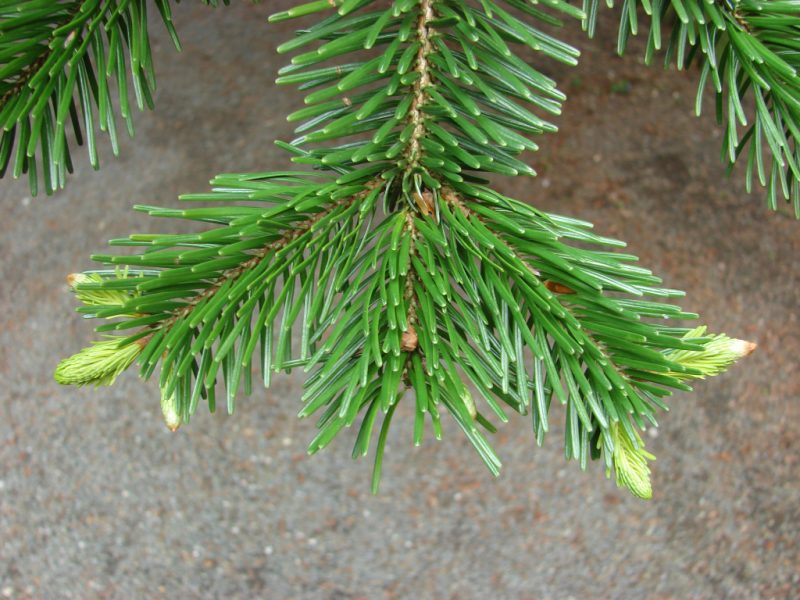
Abundantly moisten fir is necessary only at a young age. When a tree grows up and grows a core root system, it will be able to receive moisture from the deep layers.
Soil treatment
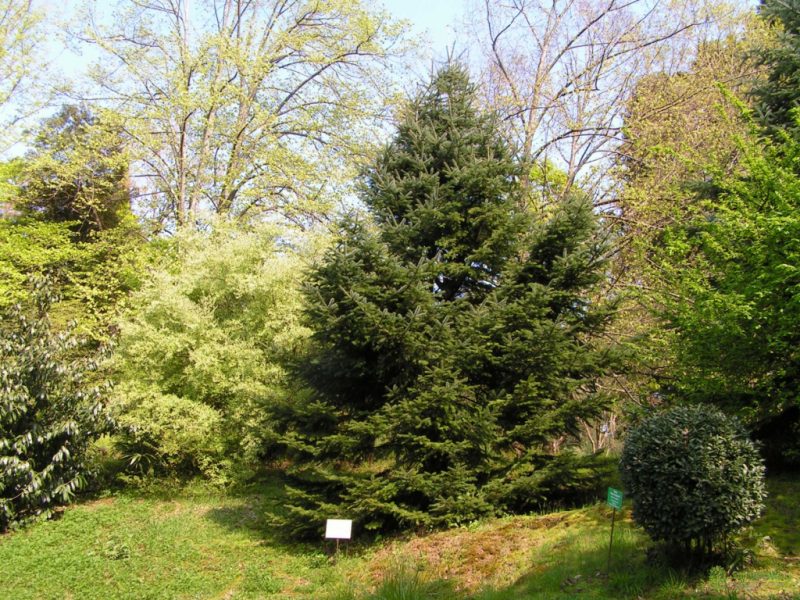
In order for the plant to grow up healthy and not lose its decorative effect, it is recommended to carefully free from weed vegetation for several years after planting. If you use the method of mulching, then weeding does not have to be carried out often. Over time, fallen needles will create a layer of mulch in a natural way.
Fertilizer and fertilizer
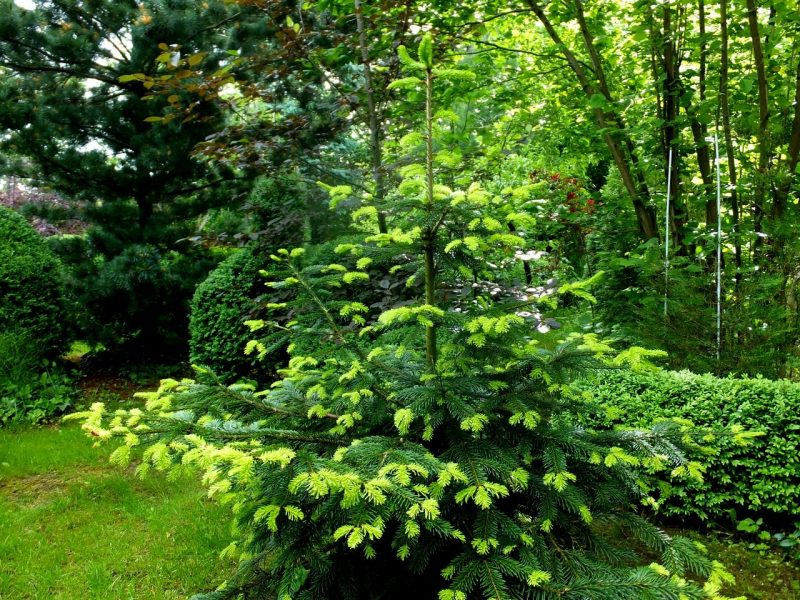
Feeding should begin after the plant has reached the age of five. The most optimal fertilizers are liquid mineral complexes for conifers. Agrochemicals are introduced during the period of active vegetation.
Pruning
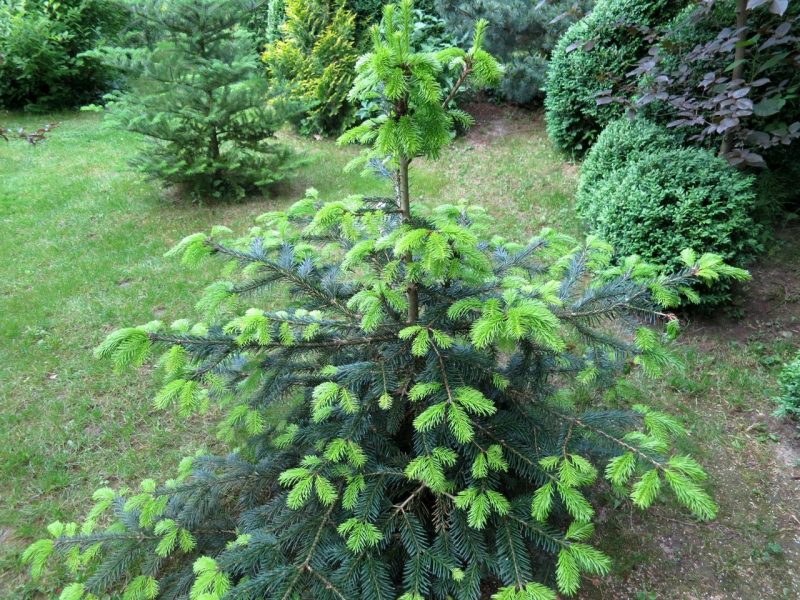
Nordman fir has no need to form a crown. But sanitary pruning, in which dried out, injured branches are removed, should be carried out every spring. Sites of cuts are necessarily processed by garden var.
Protection against diseases and pests
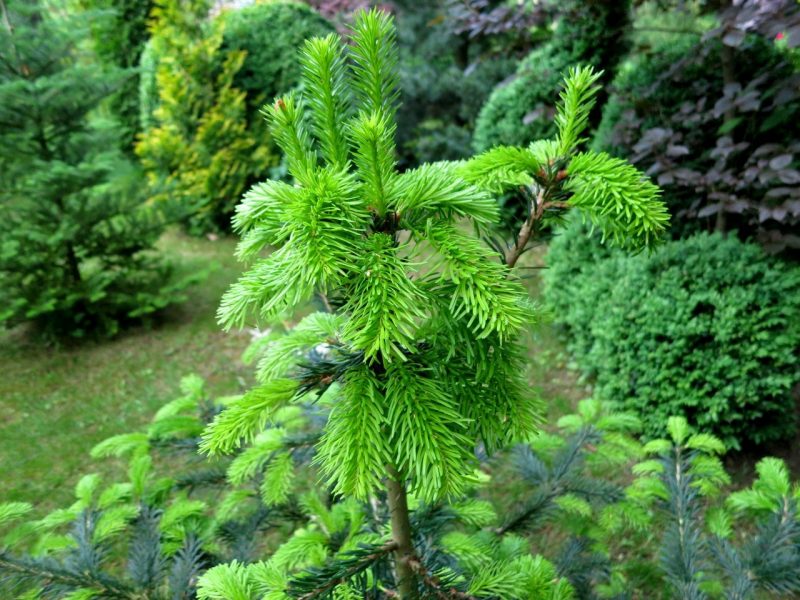
The type of fir is resistant to diseases and pests. But with constant overflows or planting of poor-quality planting material, rust and gray rot can develop, which can be controlled by spraying with fungicide. If the conifers have been populated by a pseudoscutis, spider mite, fir moth or hermes, then it is worth resorting to the use of an insecticide.
How to prepare Nordman fir for winter
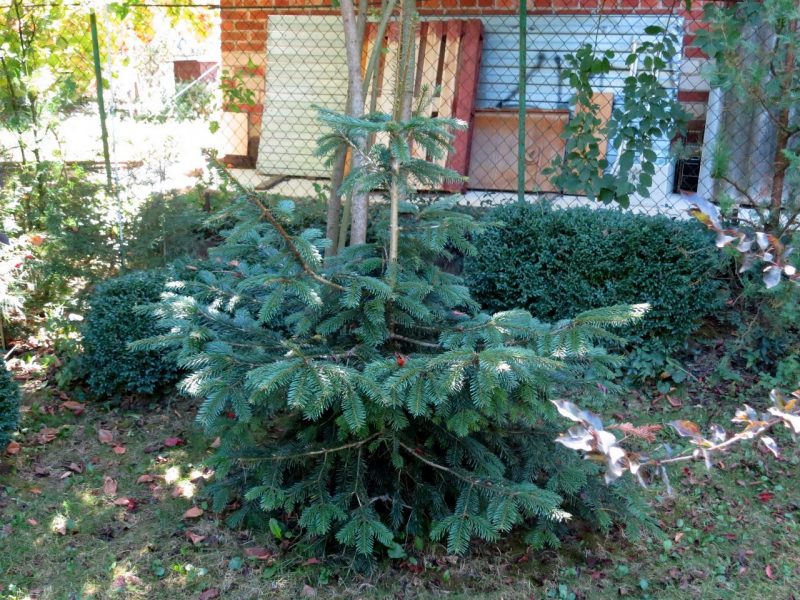
Caucasian fir has excellent winter hardiness, which only improves over the years. But young seedlings should be protected from frost by mulching the trunk circle with fallen leaves and covering the trunk with spruce branches.
Plant propagation
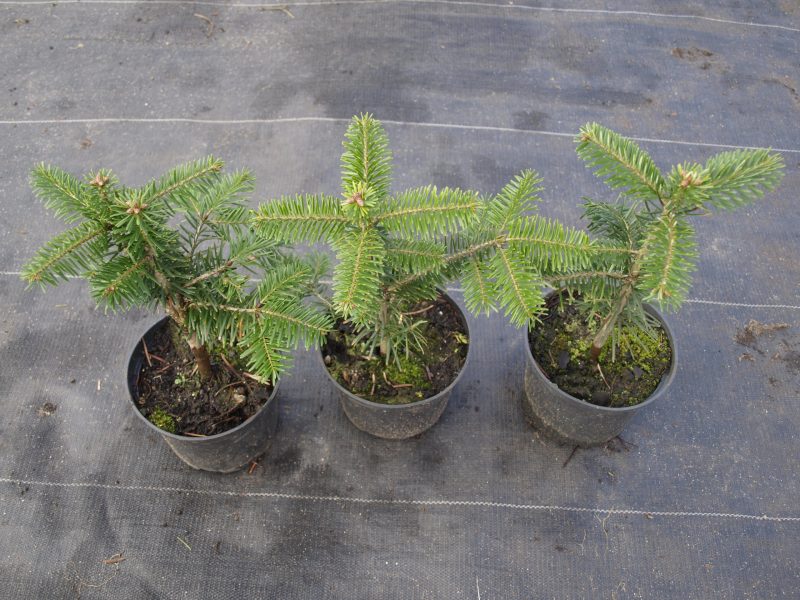
Due to the poor survival rate of the cuttings, the type species reproduces at home in a seed way:
- Fir seeds are stratified for 2 months by finding a container with crops in the refrigerator.
- In spring, crops are germinated.
- When the seedlings get stronger, they dive into separate containers, where they are grown before planting in open ground for 5-7 years.
Use in landscape design
Landscape compositions using Nordman fir are diverse and depend on the variety:
- Tall varieties look spectacular in single plantings on the lawn in front of the house.
- Low-growing representatives are widely used in decorating the lower tier of alpine hills.
- Srednerosly and slow-growing varieties are perfectly combined with deciduous evergreen shrubs - boxwood, Tunberg barberry.
So, if a gardener had a desire to decorate a garden plot with an ephedra, then you can safely choose Nordman fir, which is distinguished by its spectacularness and ease of care.


